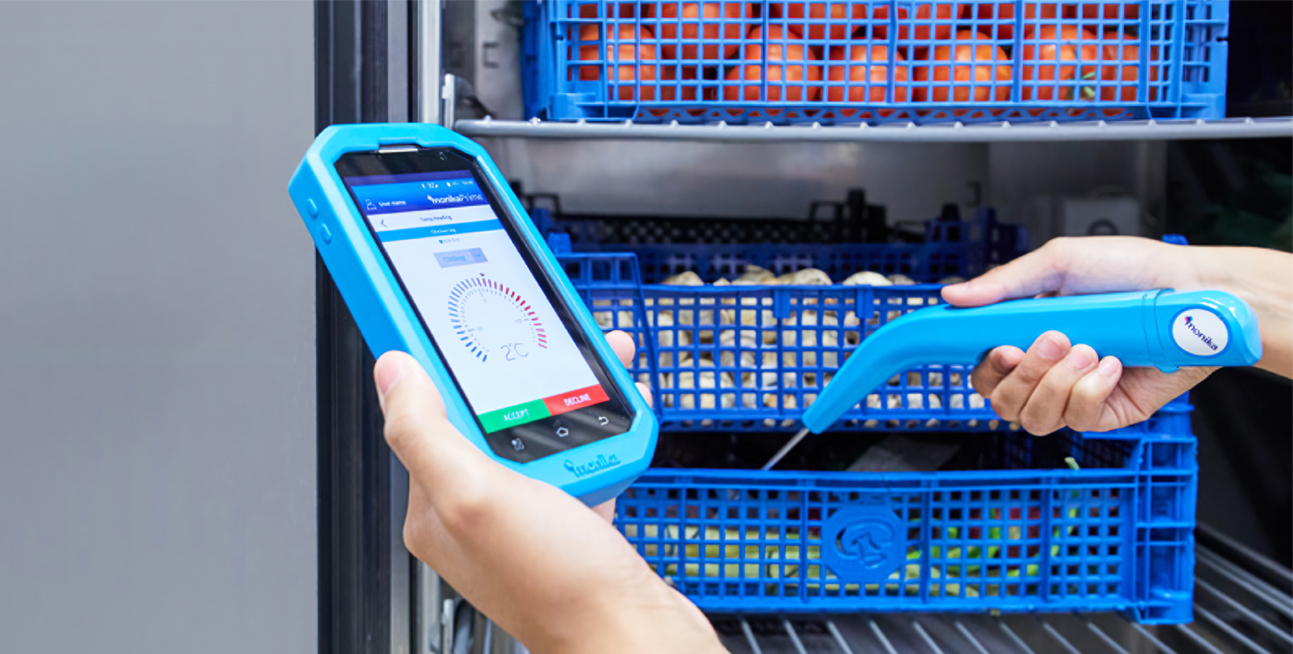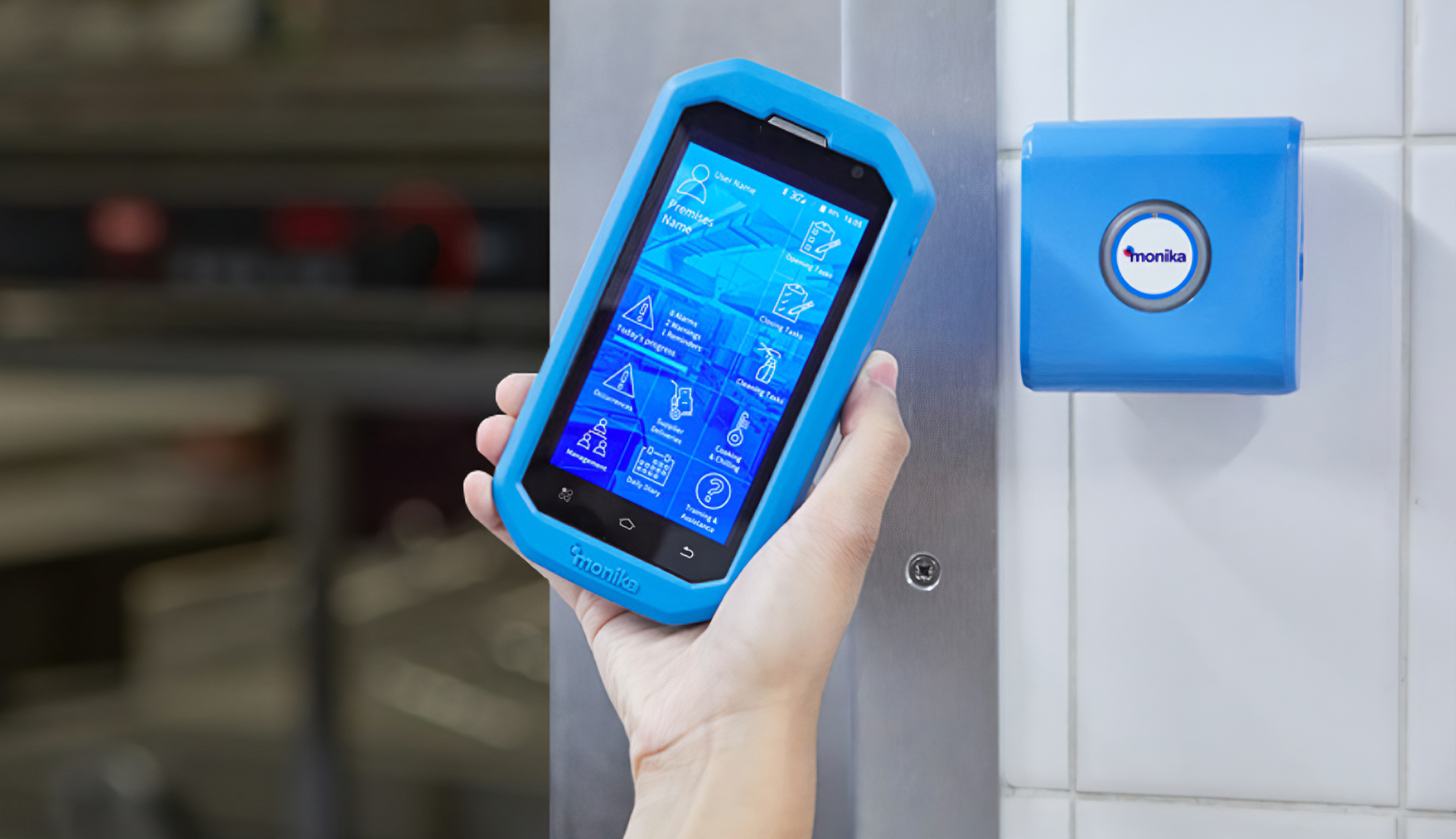Why are Ergonomics so important for Product Design consultants?

Ergonomics and human factors are key for product design consultants in enhancing a business’s product offerings and overall competitiveness. Many businesses incorporate ergonomic design principles to improve user satisfaction and business efficiency, which in turn enhances customer loyalty and contributes to cost savings and a positive brand image. Ergonomics is about designing for the users’ physical condition, human factors is about the psychological and emotional interaction between the human and the product. This holistic approach will increase user efficiency, safety, and comfort and will impact product success in the market, leading to higher customer satisfaction. A skilled designer can incorporate ergonomic principles early in the design process to avoid costly revisions and tailor solutions to meet specific user needs.
Table of Contents
Introduction to Product Design
Product design is a crucial aspect of creating successful products that meet the needs and expectations of users. Ergonomic considerations play a significant role in product design, as they help maximize productivity and minimize discomfort. Ergonomically designed products are essential in meeting consumer demands and enhancing marketability, contributing to user comfort and health, ultimately leading to a better end product and a significant market opportunity. The ergonomic design process involves understanding the target user demographic and creating products that cater to their physical and psychological needs.
Market research is essential in product design, as it helps identify the needs and preferences of the target audience. By understanding what users want and need, designers can create products that are not only functional but also desirable. Psychological ergonomics is a critical aspect of product design, as it focuses on the mental and emotional aspects of user interaction with products. This ensures that products resonate positively with users, enhancing their overall experience.
Product designers must consider the intended purpose of a product and design it to meet the needs of its users. Ergonomic products are designed to reduce the risk of injuries such as carpal tunnel syndrome and other musculoskeletal disorders. By designing products with ergonomics in mind, designers can improve user comfort, safety, and overall satisfaction.
The design process involves several stages, including research, concept development, testing, and refinement. User feedback is essential in the design process, as it helps identify areas for improvement and ensures that the product meets the needs of its users. The development process involves creating prototypes, testing, and refining the design to ensure that it meets the required standards.
Physical ergonomics is a critical aspect of product design, as it focuses on the physical aspects of user interaction with products. Human factors are essential in product designs, as they help create products that are safe, efficient, and easy to use. Design ergonomics involves creating products that are aesthetically pleasing, functional, and meet the needs of their users. Product designers must consider the materials, shapes, and features of a product to ensure that it is ergonomic and user-friendly.
Introduction to Ergonomic Design
Ergonomic design is a cornerstone of effective product development, focusing on creating products that are not only functional but also provide a favorable experience for the end user. The primary goal of ergonomic design is to maximize productivity and minimize discomfort by addressing both the physical and psychological needs of the user.
The ergonomic design process begins with a thorough understanding of the target user demographic. This involves conducting extensive market research to identify the needs and preferences of the target audience. By understanding what users want and need, designers can create products that cater specifically to those requirements, ensuring a higher level of user satisfaction.
Psychological ergonomics is a critical aspect of product development, as it considers the cognitive and emotional aspects of human interactions with products. This ensures that products resonate positively with users, enhancing their overall experience and satisfaction.
The design process involves several stages, including the testing stage, where user feedback is collected to refine the design. This iterative process ensures that the final product meets all ergonomic considerations and provides maximum comfort and usability. An ergonomic approach to product design involves considering the physical ergonomics of a product, including its shape, size, and material, to ensure it is comfortable and easy to use.
Human factors, such as user comfort and safety, are critical considerations in the design process. Designers must prioritize these factors to create products that are both functional and comfortable. For instance, ergonomic products are designed to reduce the risk of injuries, such as carpal tunnel syndrome, and improve the overall user experience.
Designing products with ergonomics in mind requires a deep understanding of human factors and the ability to incorporate ergonomic considerations into the design process. The development process involves several stages, including research, design, testing, and refinement, to ensure that the final product meets ergonomic design principles.
Ergonomics in product design is essential for creating products that are safe, comfortable, and easy to use. Companies that prioritize ergonomics in their product design process are more likely to create products that meet the needs of their target audience and stay ahead of the competition. The importance of ergonomics in product design cannot be overstated, as it has a direct impact on user experience, productivity, and overall satisfaction.
Design Process
Incorporating ergonomics early in the design process is crucial to prevent potential design flaws and enhance user comfort and efficiency. Introducing product ergonomics aligns products with user needs and enhances usability. Developing ergonomic designs from the outset ensures that products meet specific user needs and avoid redesigns due to discomfort or inefficiency. Identifying the target user demographic allows you to design for them effectively. Engaging with users through surveys or observing them with existing products will give you valuable data to make design adjustments. This stage may also involve market research and competitive analysis to benchmark against existing products so you can make sure your new design is better than the industry standard. Examples of ergonomic products, such as adjustable chairs and ergonomic keyboards, illustrate the significant benefits of incorporating ergonomic principles throughout the product development process.
Physical Ergonomics in Product Design
Physical ergonomics is about the users bodily interaction with the product. Proper positioning of the arms on the table while using ergonomic keyboards can help alleviate wrist and shoulder discomfort during extended typing sessions. Ergonomic considerations play a crucial role in enhancing comfort, safety, and ease of use. This includes designing the products dimensions, resistance and durability to increase comfort and functionality. For example, adjustable features in ergonomic design, such as adjustable office chairs and monitor stands, are essential for catering to a variety of user body types and preferences. Adjusting the product weight or shape to prevent strain or injury during use or considering accessibility so the product is user friendly for people with disabilities. Ergonomic chair designs play a significant role in preventing discomfort and enhancing user experience by supporting comfortable sitting positions and reducing the risk of injury. Prioritising these ergonomic principles can maximise productivity by creating workspaces and products that fit users’ physical and psychological needs. Additionally, ergonomic designs aim to minimise pain associated with prolonged use, such as back pain, thus enhancing overall user comfort and productivity.
Human-Centered Design
At the core of ergonomic design is the principle of human centered design (HCD) which involves users throughout the design and development process. Expert knowledge in ergonomics is crucial for creating user-centric designs that enhance productivity and comfort. An ergonomic approach emphasizes integrating ergonomic principles from the initial phases of design to enhance product quality, safety, and usability. The practice of arranging or designing workspaces to fit user needs is essential for enhancing user comfort and productivity. HCD is about making products usable and useful by putting humans first, considering their needs and limitations. A well-designed ergonomic solution considers user needs and limitations, thereby enhancing productivity and minimizing discomfort. This will not only increase product usability but also make the product desirable to users and therefore better market acceptance and customer loyalty by addressing psychological ergonomics, ensuring products resonate positively with users mentally.
Ergonomic Design Principles
Following established ergonomic principles such as comfort, safety, and usability is key. Incorporating ergonomic designs early in the design process ensures that products align with users’ needs through a scientific understanding of human factors. Selecting suitable material is crucial to enhance the ergonomic features of products, ensuring they provide comfort and reduce the risk of physical ailments for users. These principles guide the design of interfaces, controls, and displays so they are understandable and efficient for the user. Adding features that promote intuitive use and prevent user error will increase the user experience. It is also important to allow users to adjust their position easily to maximise comfort and reduce strain, particularly in workspaces where prolonged sitting or repetitive motions occur.
Designing for Safety and Comfort
Industrial design must ensure products are safe to use, reducing the risk of accidents and injuries. Engineering plays a critical role in ensuring product safety and user satisfaction. Comfort also plays a big role in product design as it directly affects user satisfaction and productivity. Ergonomic design influences both products and service to improve comfort and usability. Designs should minimise fatigue and discomfort so users can use the product for a long time without any health repercussions. Additionally, ergonomic design is crucial in creating tools that prioritise user comfort and safety.
Prototyping and Testing
Prototyping is part of the ergonomic design process, allowing you to test concepts and iterate based on user feedback before reaching the testing stage. Specific educational courses have been developed to equip professionals with skills in ergonomic product design. Prototyping will help you identify and fix design flaws before final production. Testing with real users in real world conditions will give you valuable insights to refine ergonomic features. Modern technology plays a significant role in facilitating ergonomic design and testing, driving innovation and improving user experience.
Designing for Accessibility
Accessibility is a key consideration in ergonomic design, focusing on the characteristics of target users. Integrating ergonomics into product design and development services is crucial to enhance customer satisfaction. Products should be usable by everyone, including people with disabilities. This includes designing for different physical limitations and making sure products comply with accessibility standards. Innovation in ergonomic design can lead to more inclusive and user-friendly products, redefining traditional designs and addressing common flaws to create more effective, comfortable, and safer products.
Product Development Best Practices
Product designers play a crucial role in following best practices such as involving stakeholders early, testing and iterating designs based on user feedback, and staying up to date with the latest ergonomic research and technologies, which will increase the success rate of new products. Previous ergonomic designs were masterfully created by expert artisans, setting a high standard for modern approaches. In recent years, there has been significant growth and evolution in ergonomic design, reflecting the industry’s increasing focus on user comfort and safety.
Conclusion
Ergonomics and human factors is not just about meeting minimum safety standards but is part of user satisfaction and product success. By incorporating these principles early in the design process you can create products that will stand out in the market and meet user needs.
Ready to get started on a project?
Socials




